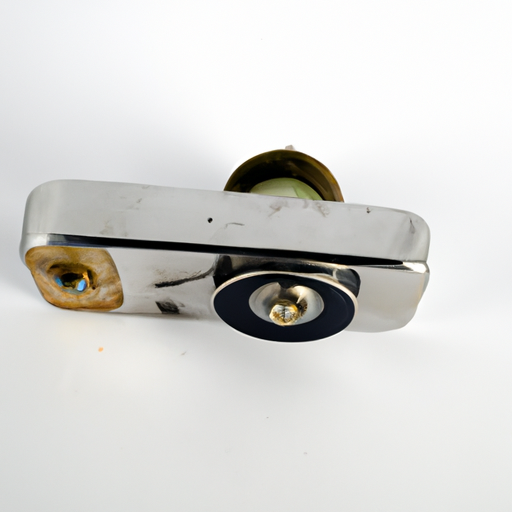Title: A Comprehensive Overview of Mainstream Models of Latches

1. SR Latch (200 words) The SR (Set-Reset) latch is one of the simplest and most widely used latch designs. It consists of two cross-coupled NOR or NAND gates. The latch has two inputs, S (Set) and R (Reset), and two outputs, Q (output) and Q' (complement of output). The SR latch can be in one of four states: Set, Reset, Hold, or Indeterminate. While simple to implement, the SR latch suffers from the "race" condition, where both inputs are high, leading to unpredictable behavior.
2. D Latch (200 words) The D latch, also known as the transparent latch, overcomes the race condition issue of the SR latch. It has a single input, D (Data), and two outputs, Q and Q'. The D latch is constructed using a gated SR latch, where the S and R inputs are controlled by an enable signal. When the enable signal is high, the D latch copies the input data to the output. However, when the enable signal is low, the output remains unchanged, regardless of the input changes. The D latch is commonly used in synchronous systems for data storage and transfer.
3. JK Flip-Flop (250 words) The JK flip-flop is an extension of the SR latch, addressing the indeterminate state issue. It has two inputs, J (Jump) and K (Kill), and two outputs, Q and Q'. The JK flip-flop behaves like an SR latch, but with an additional feature: when both J and K inputs are high, the flip-flop toggles its state. This toggle functionality makes the JK flip-flop useful for frequency division, counters, and shift registers. However, the JK flip-flop suffers from a drawback known as the "race around" condition, where both inputs change simultaneously, leading to unpredictable behavior.
4. T Flip-Flop (250 words) The T flip-flop, also known as the toggle flip-flop, is a simplified version of the JK flip-flop. It has a single input, T (Toggle), and two outputs, Q and Q'. The T flip-flop toggles its state whenever the input T transitions from low to high. This makes it useful for frequency division, counters, and clock synchronization. The T flip-flop is widely used in digital systems due to its simplicity and versatility.
5. Master-Slave Flip-Flop (300 words) The master-slave flip-flop is a sequential circuit constructed using two D flip-flops. It overcomes the race around condition of the JK flip-flop by dividing the input signal into two phases: master and slave. The master flip-flop captures the input signal during the master phase, while the slave flip-flop holds the output during the slave phase. This design ensures that the output is stable and avoids any race conditions. The master-slave flip-flop is commonly used in synchronous systems for data storage and synchronization.
Conclusion (100 words) Latches are essential components in digital circuits, providing memory elements for data storage and transfer. This article has provided a comprehensive overview of the mainstream models of latches, including the SR latch, D latch, JK flip-flop, T flip-flop, and master-slave flip-flop. Each latch design has its advantages and limitations, making them suitable for different applications. By understanding the working principles and characteristics of these latches, engineers and researchers can make informed decisions when selecting the most appropriate latch for their specific requirements.









